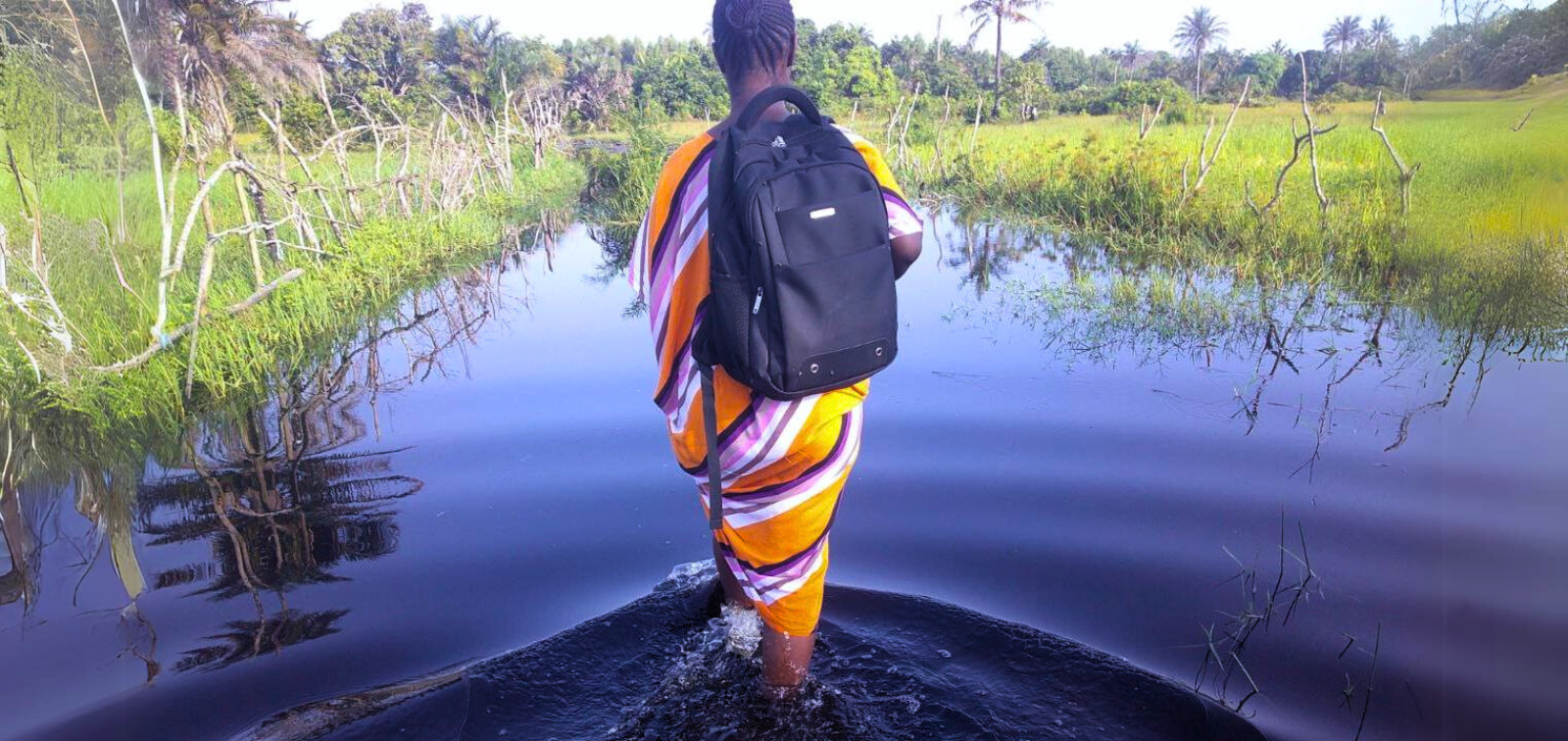
A blog post by Murchana Roychoudhury
How is climate change affecting mosquitoes that transmit malaria? The answer is not as simple as you might think.
Climate change is impacting all of our lives and prompting new questions about what the future holds. For those on the frontlines of malaria – researchers, mothers and children in endemic areas, and health policymakers – the stakes could not be higher. They are faced with navigating a future in which the distribution of malaria could shift in unpredictable ways, complicating efforts to control the spread of mosquitoes, the parasite, and the disease.
Recent research, while still not definitive, provides a clearer picture, highlighting the complexity and regional variability of the impact of climate change on malaria and its vector.
The expanding range of African Anopheles mosquitoes
Using historical data from 1898 to 2016, researchers have been able to confirm that the geographic range of the malaria vector – Anopheles mosquito – has been expanding over the twentieth century. These mosquitoes have gained ground both in terms of latitude and elevation, particularly in highland and southern Africa, where areas once too cold for mosquitoes to thrive have now become more suitable.






